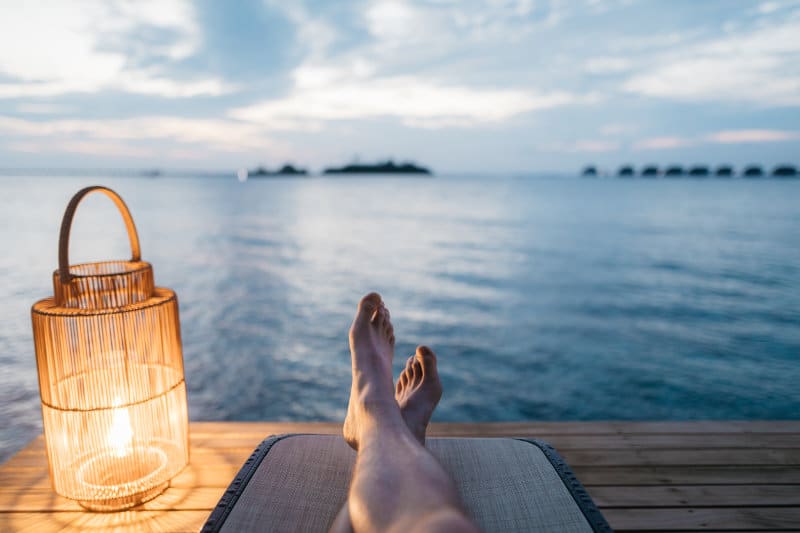Despite its various proven medicinal benefits, cannabis remains a controlled substance in most countries. While prohibition has set cannabis research back by decades, legalization of marijuana for medical (and recreational) use in many States has opened new gateways to explore the benefits of cannabis (edibles, tinctures, capsules, oil and more) for human health.
Reported benefits of consuming cannabis edibles range from inflammation and glaucoma relief to reduced anxiety and muscle spasticity. Marijuana has been found to be less addictive and harmful than alcohol, cocaine, tobacco, and many other drugs. Yet cannabis myths continue to make the rounds online, especially around “newer” products like edibles.
Debunking a few of the most prevalent myths about cannabis edibles.

Myth #1: Cannabis edibles don’t provide any short-term benefits
Just like marijuana flower and concentrates, cannabis edibles can provide a range of potential short-term benefits. The method of consumption is different, but your body is still receiving cannabinoids (like THC and CBD) and terpenes (like myrcene and limonene). And that means the short-term benefits associated with other cannabis products (stress relief, increased appetite, greater focus on sites and sounds) shouldn’t be ignored when consuming edibles.
The short-term effects can actually be greater with ingested cannabis like capsules, chocolates, brownies, cookies, and tinctures, etc.
Myth #2: Cannabis edibles are less psychoactive
Cannabis edibles can actually affect some consumers more potently than smoking herb. In edible-form, different parts of the body absorb cannabis in different proportions and deliver different effects. It’s one of the reasons some consumers absolutely love edibles, while others claim edibles don’t work on them (at least not without a higher dose).
Some consumers report that edibles deliver twice the high (and for twice as long) as marijuana when it’s inhaled. In the end, the way edibles affect the consumer varies from user to user. One thing a majority of consumers agree on is that the effects from edibles build over a longer period of time and last longer than those from traditional smoking or vaping. So space out your doses and give the THC in your edibles a chance to take effect before you enjoy another dose.
Myth #3: Ingested cannabis metabolizes quickly
The cannabinoids in edibles are slowly absorbed through the stomach and the intestinal tracts. As ingested cannabis is metabolized, the liver produces 11-hydroxy-THC, a more powerful compound that can easily cross the blood-brain barrier. And while the effects can be just as strong as (or stronger than) marijuana that is inhaled, a low dose of THC takes approximately 6 hours to get thoroughly metabolized in the body. On the contrary with smoking cannabis, the peak blood levels happen within 3 to 10 minutes time span.
The effect of cannabis edibles on the individual—and how quickly those effects are felt—varies with age, gender, metabolism, fitness and weight factors.
Myth #4: Cannabis edible can lead to a fatal overdose
Reports of cannabis edible overdoses are more common than with other marijuana products because edibles take longer to metabolize in the body. As a result, some consumers ingest multiple doses before the first dose has a chance to take effect (typically between 30 minutes and 3 hours). Consuming too large a dose of cannabis edibles can lead to feelings of discomfort, unpleasantness, and uneasiness. But, even in large doses that leave the user feeling physically unwell, there is no way for a consumer to fatally overdose, and the side-effects usually zero out after a couple of hours.
The most common result of an edibles overdose are excessive drowsiness, slowed movement, red eyes, dry mouth, skewed sense of time, paranoia and anxiety.

Myth #5: Cannabis edibles are best consumed as desserts
Cannabis edibles are effective in all forms, be it hummus, vegan stir-fries, brownies, drinks like lemonade and sodas, pasta sauce, pastries, chocolate bars, canna-butter or canna-oil. As long as the cannabis has gone through the decarboxylation process, cannabinoids can be easily absorbed by the body. Cannabis seeds are widely used for their nutritional properties (they are rich in omega 3 and omega 6 fatty acids). They are also available in the form of the feminized cannabis seeds.
Cannabis desserts are more popular because the added sugar helps cover the grassy flavour of the herb. But with a little creative seasoning, any dish can become a marijuana-infused treat.
Myth #6: Cannabis edibles are addictive
Cannabis, whether smoked or consumed as an edible, is widely regarded as a “stepping stone” away from the fatal and harder habit-forming drugs like opioids and alcohol. Many consumers credit edibles—wholly or in part—for helping them recover from a dangerous addiction, such as tobacco. While the overuse of cannabis can lead to a psychological dependency, cannabis studies have failed to show that marijuana is physically addictive.
The Lowdown on Cannabis Edibles
You don’t need to smoke marijuana to get the full cannabis experience. Edibles offer consumers a healthy alternative to smoking in a longer-lasting form that’s easy to dose and doesn’t require any special equipment (like a vape pen, dab rig, or rolling papers).
Consuming edibles marijuana for some patients (medically recommended) is the only resort, as they cannot opt for inhaled cannabis.
You can shop for budget buds at your local dispensary if you want to try making cannabis edibles at home.

